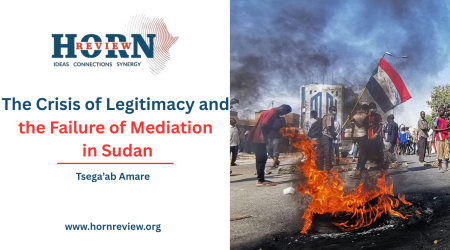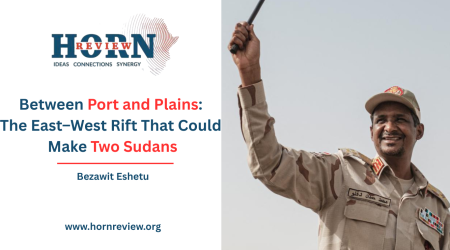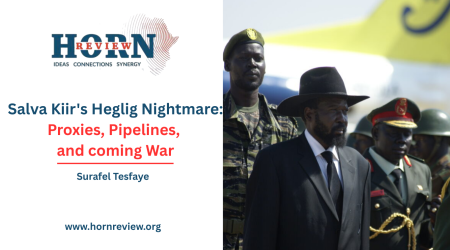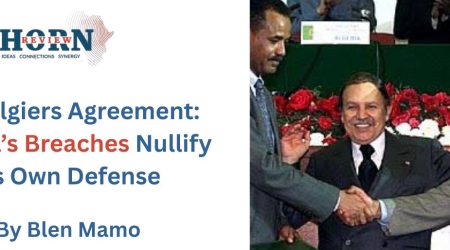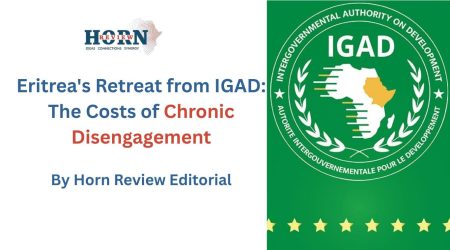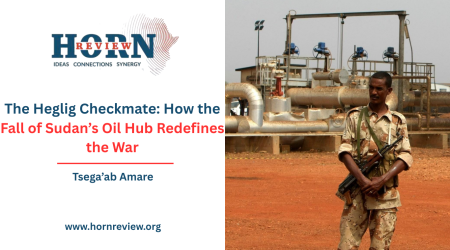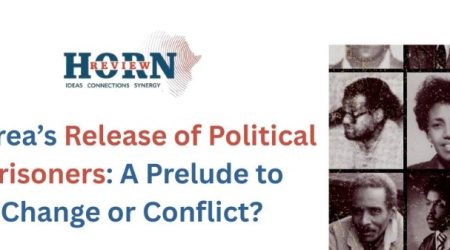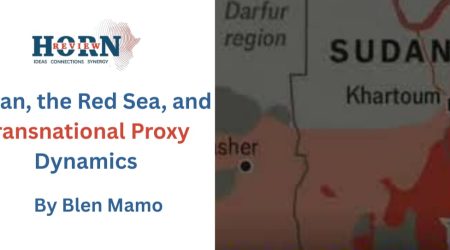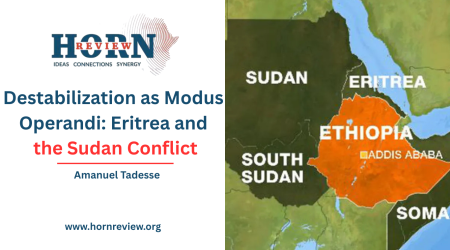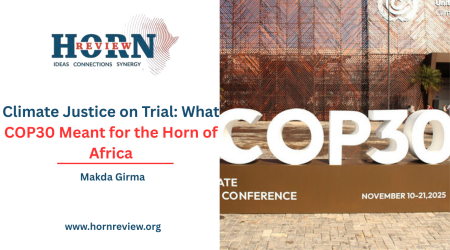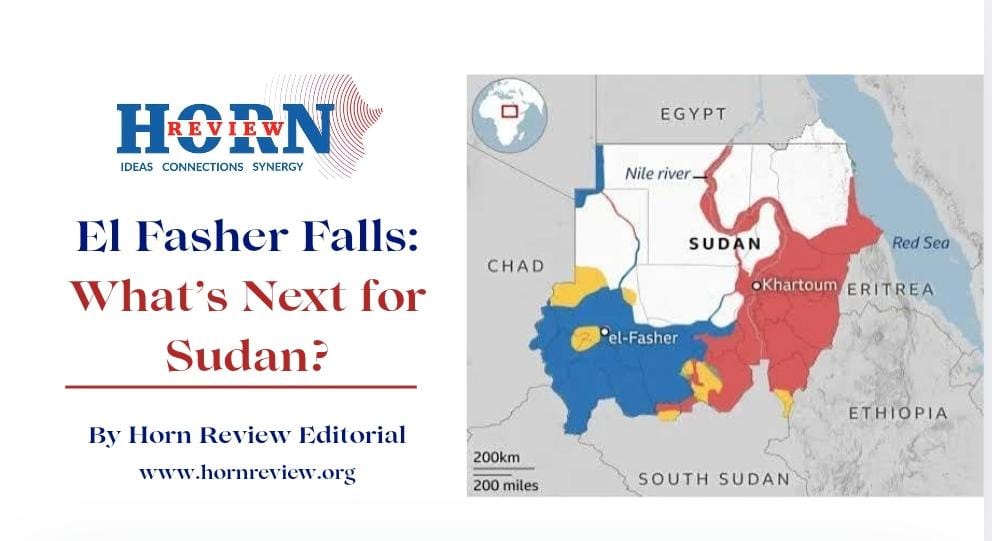
28
Oct
El Fasher Falls: What’s Next for Sudan?
El Fasher has fallen. The city, once the last major stronghold of the Sudanese Armed Forces (SAF) in Darfur, now sits under the control of the Rapid Support Forces (RSF). For many, this is a military milestone; for millions of Sudanese, it is another chapter in an unrelenting nightmare. Darfur has been a site of repeated tragedies, and the symbolism of El Fasher’s capture is hard to overstate: it signals not only a shift in battlefield control but also a deepening fracture in the social and political fabric of Sudan.
The RSF’s victory is inseparable from its leader, General Mohamed Hamdan Dagalo – Hemedti – a figure whose ambitions straddle the line between local warlord and state actor. His rise reflects Sudan’s militarized politics, where personal ambition, economic control, and historical marginalization intertwine. Hemedti’s forces have long been accused of atrocities in Darfur, but they are also enmeshed in Sudan’s gold economy, regional trade networks, and relationships with foreign actors. El Fasher’s fall therefore does not just mark a military gain; it amplifies the RSF’s leverage politically and economically, setting the stage for a new power dynamic across the country.
The SAF, led by General Abdel Fattah al-Burhan, has suffered severe losses in Darfur but remains far from irrelevant. It retains control in Khartoum, parts of the Blue Nile, and South Kordofan. Yet Burhan faces a structural dilemma: his legitimacy rests on fragile state institutions, while his opponent blends paramilitary ruthlessness with quasi-political sophistication. With the RSF consolidating power in Darfur, the SAF’s ability to regain territory – or negotiate from a position of strength – appears increasingly uncertain.
Amid these strategic calculations, civilians bear the heaviest burden, their lives shaped less by strategy than by survival. Food insecurity, destroyed infrastructure, and the constant threat of sexual and ethnic violence dominate daily life. What often escapes military updates is the subtle, grinding erosion of social cohesion: the young are drawn into militias, elders stripped of authority, and communities fractured by mistrust. Sudan’s tragedy lies not only in immediate casualties but in the long-term social trauma that will outlast the conflict.
The implications of the conflict extend far beyond Sudan’s borders. Ethiopia, despite grappling with its own domestic challenges, has a long-standing stake in Sudanese stability. The two countries share a porous border, and instability in Sudan threatens refugee flows, cross-border armed movements, and regional security. For more than three decades, Addis Ababa has been central to Sudanese peace processes, contributing diplomatic weight, operational support, and peacekeeping coordination. Ethiopian mediators possess deep knowledge of Sudan’s political psychology, territorial realities, and the complex web of local alliances – expertise that is now conspicuously absent from the formal peace processes.
Currently, the Quad – comprising the United States, Saudi Arabia, UAE, and Egypt – has taken the lead in proposing peace initiatives, including humanitarian truces and roadmaps toward a political process. While the Quad exerts significant international leverage, its composition introduces inherent limitations. Egypt, a member of the Quad, openly supports the SAF, framing its involvement as a measure to secure its southern border and protect Nile water flows. Eritrea, closely aligned with Cairo, acts as a regional proxy for SAF, providing logistics and manpower support. The RSF has repeatedly warned both Egypt and Eritrea against interfering, framing external support for SAF as a potential target, and in recent statements, Hemedti escalated the rhetoric further, signaling that any direct intervention could provoke a broader confrontation. These dynamics make Egypt a clearly biased actor with a conflict of interest, undermining its credibility as a neutral mediator within the Quad framework.
That said, the fall of El Fasher highlights a deeper structural question: can Sudan remain a unified sovereign state? Decades of civil war, ethnic marginalization, and competing power centers have already left the country fractured. South Sudan’s secession in 2011 was only the most visible example of this centrifugal force. Today, Sudan risks de facto partition into zones controlled by the RSF in Darfur, SAF in Khartoum and parts of the Blue Nile and South Kordofan, and local militias elsewhere. Reintegrating these territories requires more than military victory; it demands reconciliation, political negotiation, and rebuilding trust across communities long divided by conflict. In the Horn of Africa, where borders are porous and external actors intervene frequently, the challenge of forging a single sovereign Sudan is immense.
The emergence of the Northern Alliance further complicates this picture. Operating across northern Sudan, these armed groups represent longstanding grievances among marginalized northern communities and the potential for yet another fissure in the state. Should central authority continue to erode, they could assert autonomy along the Red Sea, desert margins, and key trade corridors, fracturing Sudan not just east–west or north–south, but along a northern axis as well. The Northern Alliance illustrates how fragile national cohesion has become and highlights the risk of multiple quasi-independent zones emerging, each governed by its own militias and regional interests.
Sudan’s fragmentation would have immediate consequences for its neighbors. For South Sudan, a fractured Sudan threatens cross-border trade, increases refugee flows, and empowers armed groups with ambitions in contested border regions, undermining Juba’s fragile stability. For Ethiopia, instability in Sudan carries both security and economic risks: porous borders could allow armed militias to cross freely, while disruptions along trade routes threaten regional commerce. Moreover, Ethiopia has long relied on a stable Sudan as a buffer and partner in Horn diplomacy, particularly around the Nile. A fragmented Sudan, divided into competing zones, forces Addis Ababa to navigate multiple centers of power with conflicting agendas, complicating regional coordination and stability.
At the same time, Sudan’s fragmentation would recalibrate regional power dynamics. Multiple zones of control could reduce Egypt’s influence, limiting its ability to use Sudan as a proxy against Ethiopia and weakening Cairo’s strategic leverage. Conversely, if Hemedti’s RSF-controlled territories were to consolidate into a de facto independent state, it could become a permanent adversary for Eritrea’s leadership, which has aligned itself with Egypt and SAF in the conflict. This potential new frontier in the Horn would constrain Eritrea’s ambitions and create a volatile landscape of emerging rivalries, shifting alliances, and contested authority.
Sudan’s instability also reverberates far beyond the Horn of Africa, drawing the attention of Europe, the United States, Russia and Middle Eastern powers. A fragmented Sudan risks fueling migration flows across North Africa, straining asylum systems and generating broader humanitarian challenges. Ungoverned spaces could become havens for extremist groups, threatening regional and international security and complicating counterterrorism efforts. Economic risks are also significant: disruptions in trade, gold, and other natural resource markets could affect European and American multinational companies, while instability undermines regional infrastructure and commerce. Middle Eastern powers are closely monitoring Sudan’s trajectory, both for strategic influence and to protect their regional interests. In short, Sudan’s fate is no longer merely a regional concern; it has wide-ranging implications for global security, trade, and diplomacy, compelling external powers to remain actively engaged despite the conflict’s domestic origins.
What comes next is a tangle of possibilities. The RSF could press its advantage, moving into other strategic regions, potentially capturing oil fields or urban centers. The SAF might regroup, relying on regional alliances for counteroffensives. Yet a stalemate may be the most likely outcome: frontlines frozen, civilians trapped, and Sudan fractured into zones of influence where the state exists largely as a shadow. Peace talks remain elusive. Negotiation requires trust, but decades of betrayal, shifting alliances, atrocities and self-centered geopolitical calculations make trust nearly impossible. Any settlement must contend with multiple layers: paramilitary ambitions, state legitimacy, international pressure, and, above all, the survival needs of ordinary Sudanese.
El Fasher’s fall is more than a point on a map; it is a lens through which to view Sudan’s deeper crises: the fragility of state institutions, the interplay of local, regional, and global power, and the lived reality of a population caught between competing forces. It is also a reminder that power in Sudan is never absolute, control is provisional, and every advance carries both opportunity and peril. Sudan’s future will be written in the negotiation between violence and survival, ambition and necessity, local needs and international interests. Understanding the war is not enough; understanding the actors, the stakes, and the human consequences is essential to seeing what comes next. For Sudan, the next chapter will not be written by strategy alone, but by the desperate improvisations of those who endure, survive, and navigate the impossible choices of life in a country at war with itself.
By Horn Review Editorial

